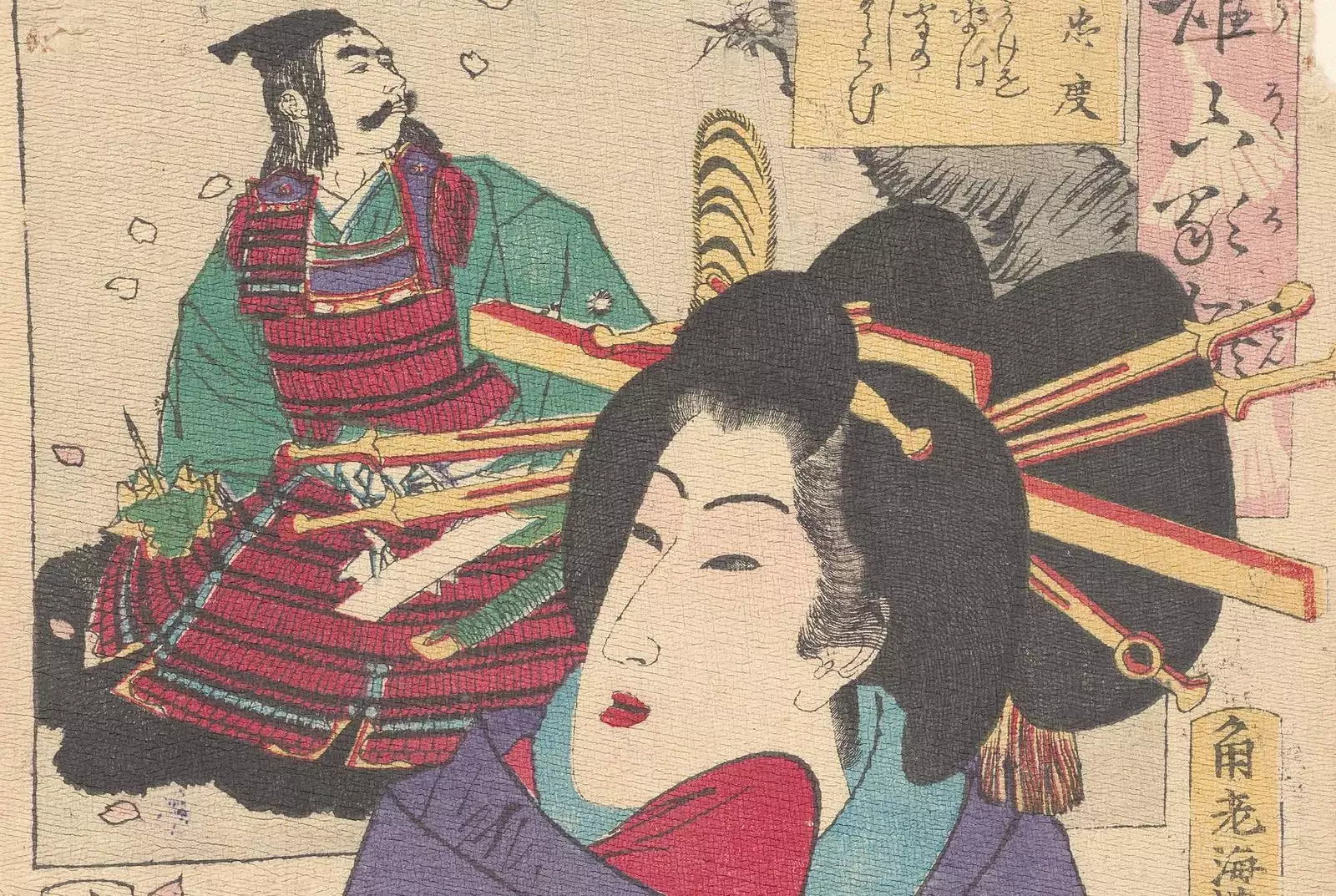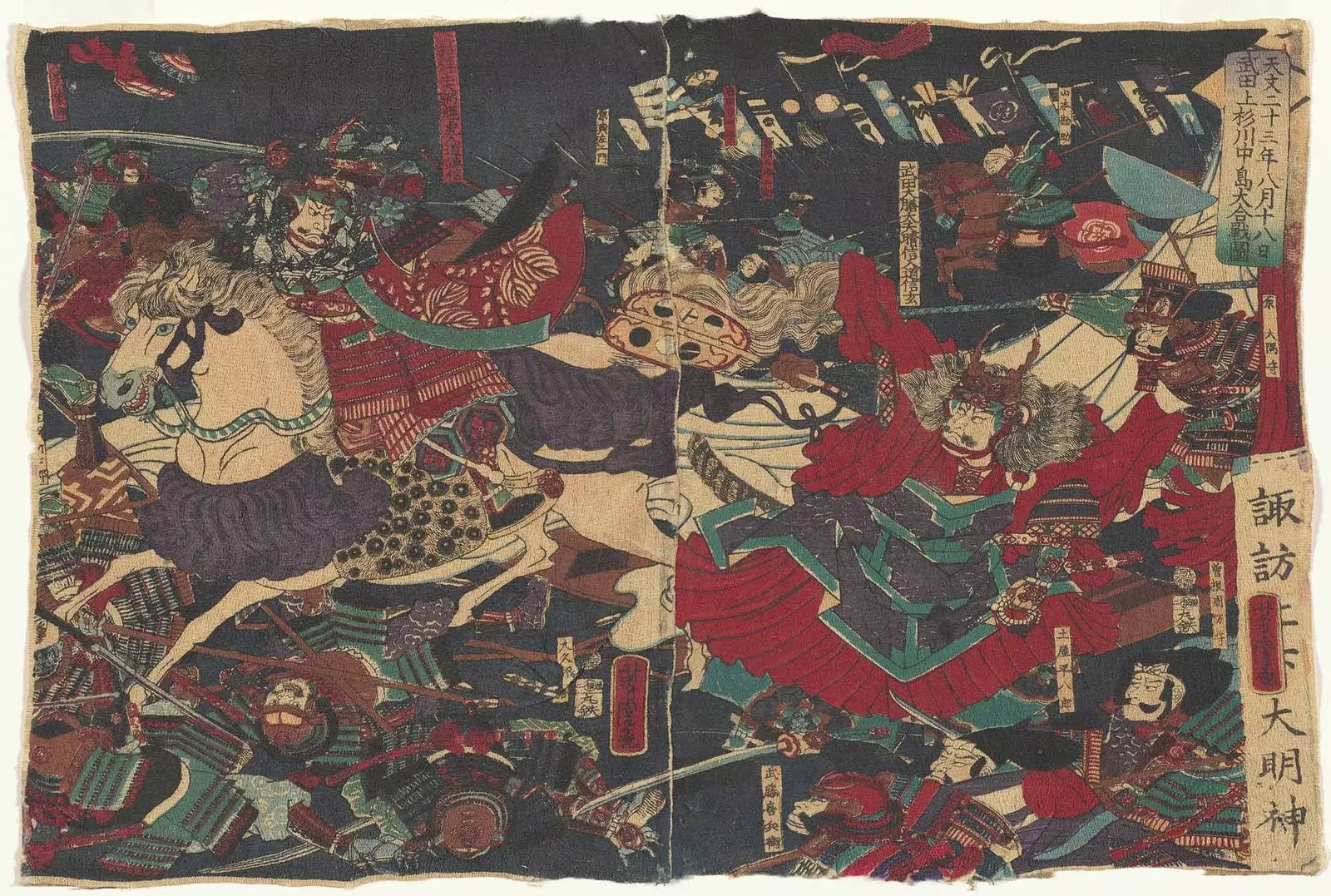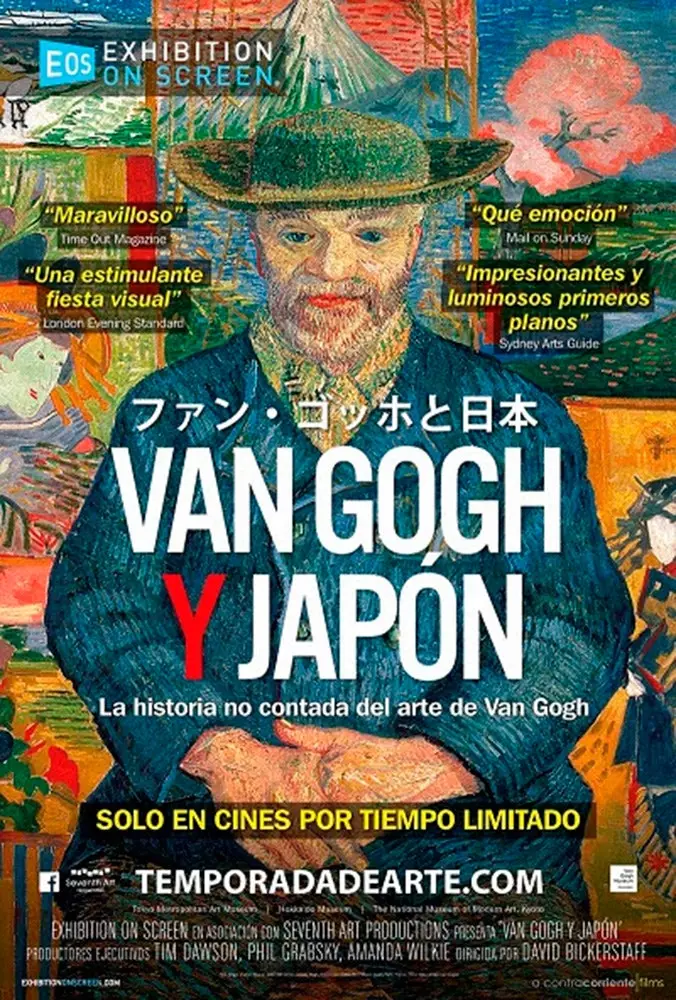
'Van Gogh and Japan' will be screened in more than 90 theaters
This Monday, November 18, it opens in theaters, for a limited time, Van Gogh and Japan , a film directed by David Bickerstaff and produced by Exhibition on Screen that immerses us in Japan on the occasion of the acclaimed exhibition of the Van Gogh Museum from ** Amsterdam **.
Through the many letters that the artist wrote to his brother Theo and from the stories of his friends and contemporaries, the plot reveals the history of the connection that linked Van Gogh with Japanese art, despite he has never visited the Japanese country.

'The Great Battle of Kawanakajima', which resides in the Van Gogh Museum
With ideas from contemporary artists, including shodô (Japanese calligraphy) expert Tomoko Kawao and performance artist Tatsumi Orimoto , revealing perspectives are presented on Van Gogh's commitment to Japanese society, which has developed a strong affinity with his work.
The end of the **Edo period (1603-1868)**, during which Japan was totally isolated from the outside, and the arrival of the meiji emperor involved an accelerated modernization and, consequently, spreading their culture in the western world.
For this reason, during the second half of the nineteenth century japanism landed in ** Europe ** and conquered the members of the different artistic currents. As they comment in the documentary, first installed in The Netherlands and then Paris, where collectors of pieces of this (then) novel style abounded.
Madame Chrysantheme by Pierre Lotti and Japanese art by Louis Gonse were two of the novels of the time that inspired and granted to Van Gogh the necessary tools to bring to life his japonesque creations.
The meticulous way of representing nature and flat figures are some of the elements that Van Gogh extracted from the essence of ukiyo-e (What does it mean “floating world paintings” ) to combine them with vibrant colors and thick brush strokes.
This genre arose in Japan between the 17th and 20th centuries and is characterized by the making of engravings using woodcut , being one of the most iconic works The Great Wave off Kanagawa of Hokusai.
But we do not want to give you more spoilers, to find out how the landscapes of arles are reflected in the Japanese prints of Van Gogh, get your tickets and enjoy the film. Check in which theaters it is projected in this link .

Are you going to miss it?
